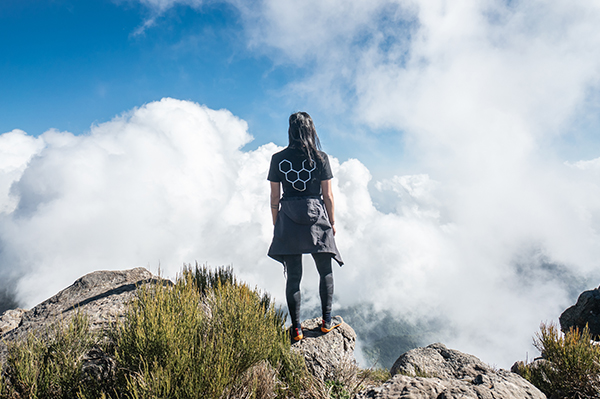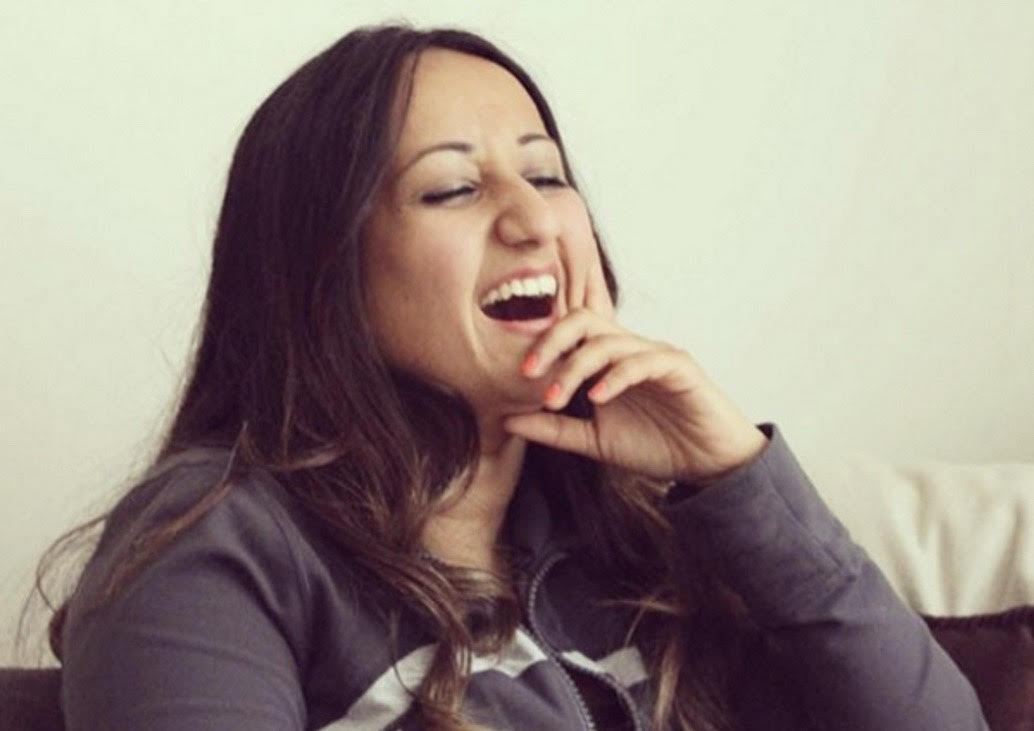
We are very proud to announce that VIVOBAREFOOT will be at the Wellbeing Festival all weekend with their Vvagon. The Vvagon is their way of sharing the VIVOBAREFOOT life with you. They're taking this beautiful wooden trailer on a year-long voyage of discovery all over the UK.
The Vvagon’s journey will encourage us all to move more, to think differently, to reconnect with nature and to lead a more sustainable life. As they travel the UK, they’ll be running free workshops, talks and Q&A sessions with likeminded people in incredible locations. VIVOBAREFOOT are looking forward to making new friends as we all work together to become happier, healthier versions of ourselves on a happier, healthier planet.
****MEET TOEGA, THE NEW YOGA*****
'VIVOBAREFOOT launches yoga for the feet – and here’s why you should give a damn' bu VIVOBAREFOOT
We get it. In a world where selfies, belfies and ab shots dominate the good old Gram, the humble foot is the least of your worries. After all, it’s not your feet that don a bikini or rock the latest midi-skirts, and we shove them in socks most of the time; so why would we give a damn?
The answer to that is that most of us don’t but we should. 90% of us wear shoes that are too small, and this has consequences, according to the experts at VIVOBAREFOOT:
- 5.7 million of us spend hours honing various body parts in the gym but forget our feet are pretty integral to proceedings.
- We walk more than 115,000 miles in a lifetime (Every single step exerts pressure up to three times our body weight on our feet (running is up to ten times, for all you runner out there)
- Couple this with the tight-fitting, stiff and cushioned shoes that are the norm and believe us, the results aren’t pretty. Step forward deformities (30% of us now suffer from bunions, injuries and immobility
- Unsurprising then that 87% of us will go on to suffer with a foot problem that will impact our day-to-day quality of life, and one-in-six of over-sixties will suffer from physical disability and frailty by 2047, meaning if you’re thirty now you could be one of them.
So what’s to be done, we hear you cry?
- Barefoot is best, but isn’t always possible (and we’re also not expecting you to throw your beloved heels on the scrap-heap). Just go barefoot when you can, and swap in barefoot-style shoes like VIVOBAREFOOT for a portion of the week, to give your feet room to flex
- Couple this with daily Toega sessions twice a day to improve mobility, flexibility and strength.
Toega Tutorial
Push-Up
Push the big toe down into the floor and raise the other four toes off the floor, aiming for small pulses of the movement. Keep the ball of the foot in contact with the ground at all times. As you improve, aim to hold the other four toes off the floor while pushing down the big toe for up to 30 seconds.
- Toe Chop
Bend the big toe underneath the foot – using your hands to assist if necessary. This can be an uncomfortable movement (often with restricted range of motion) so use a soft surface when doing this exercise. Keep the focus on mobility at the first metatarsal joint. When viewed from above, it should appear as though the big toe has been chopped off.
- The Toe-bra
Bend the four smaller toes underneath the foot, leaving the big toe pointing forwards. In this position, root the big toe into the floor to improve strength in this position. The bending of the toes can be an uncomfortable movement so it’s important to use a soft surface when doing this exercise. Again, it’s important to emphasise mobility at the metatarsal heads – when viewed from above, it should appear as though the smaller toes have been chopped off.
- Heel-Sit
Keeping the toes facing forwards, sit back on the heels allowing the toes (and soles of the feet) to stretch. Once in a relaxed position, push the big toes into the floor repeatedly (pulsing) allowing the body to gently rock back and forth.
- Heel Salutation
In the above position, place your hands on your heels and slowly extend the hip and spine as you straighten your arms. Once in this fully extended position, pulse the big toes as before, rocking the body back and forth.
- Child’s Toes
Sit on the heels once more, except this time, plantar flex the ankle allowing the toes to face behind you – this time you will feel the stretch on the front of the ankle/foot.
- Sleeping Hero
As you sit on the heels in the above position, gently lean back (supported by your hands) as far as is comfortable – feeling the stretch through the quads/hip flexors. Take care not to overstretch in this position.
Interested in learning more? Book in for a free coaching session with one of VIVOBAREFOOT’s experts, and learn how to rehab your feet. See here for details.
About VIVOBAREFOOT
VIVOBAREFOOT launched in 2012 as a standalone brand, and is based in London, England. VIVOBAREFOOT is on a mission to change the footwear industry based on one simple insight—shoes should let your feet do their natural thing. The shoes feature a patented, ultra-thin, puncture-resistant sole in every shoe that protects the foot and allows maximum sensory feedback. Designed using ancient wisdom with modern technology VIVOBAREFOOT is a complete shoe collection for off road, exercise and everyday wear, as well as a line for kids. Created by two cousins from a long line of cobblers, Galahad and Asher Clark are on a quest to make the perfect shoe—perfect for feet. VIVOBAREFOOT footwear is produced sustainably using recycled, locally sourced materials in independently monitored factories. For more information on VIVOBAREFOOT, visit www.vivobarefoot.com
[1] Klein, E. Groll-Knapp, M. Kundi, and W. Kinz, Increased hallux angle in children and its association with insufficient length of footwear: A community based cross-sectional study, BMC Musculoskeletal Disorders, 10:159, December, 2009
[2] Mintel report 2017
[3] Weak TGS Correlates with Hallux Valgus in 10–12 Year Old Girls: A CrossSectional
Study
[4] Foot health-related quality of life among elderly with and without lesser toe deformities: a case–control study. Research, Health and Podiatry Unit, Department of Health Sciences, Faculty of Nursing and Podiatry
[5] Dr Weber (EU Statistics on Income and Living Conditions) 2008 and 2014 BMJ Open





